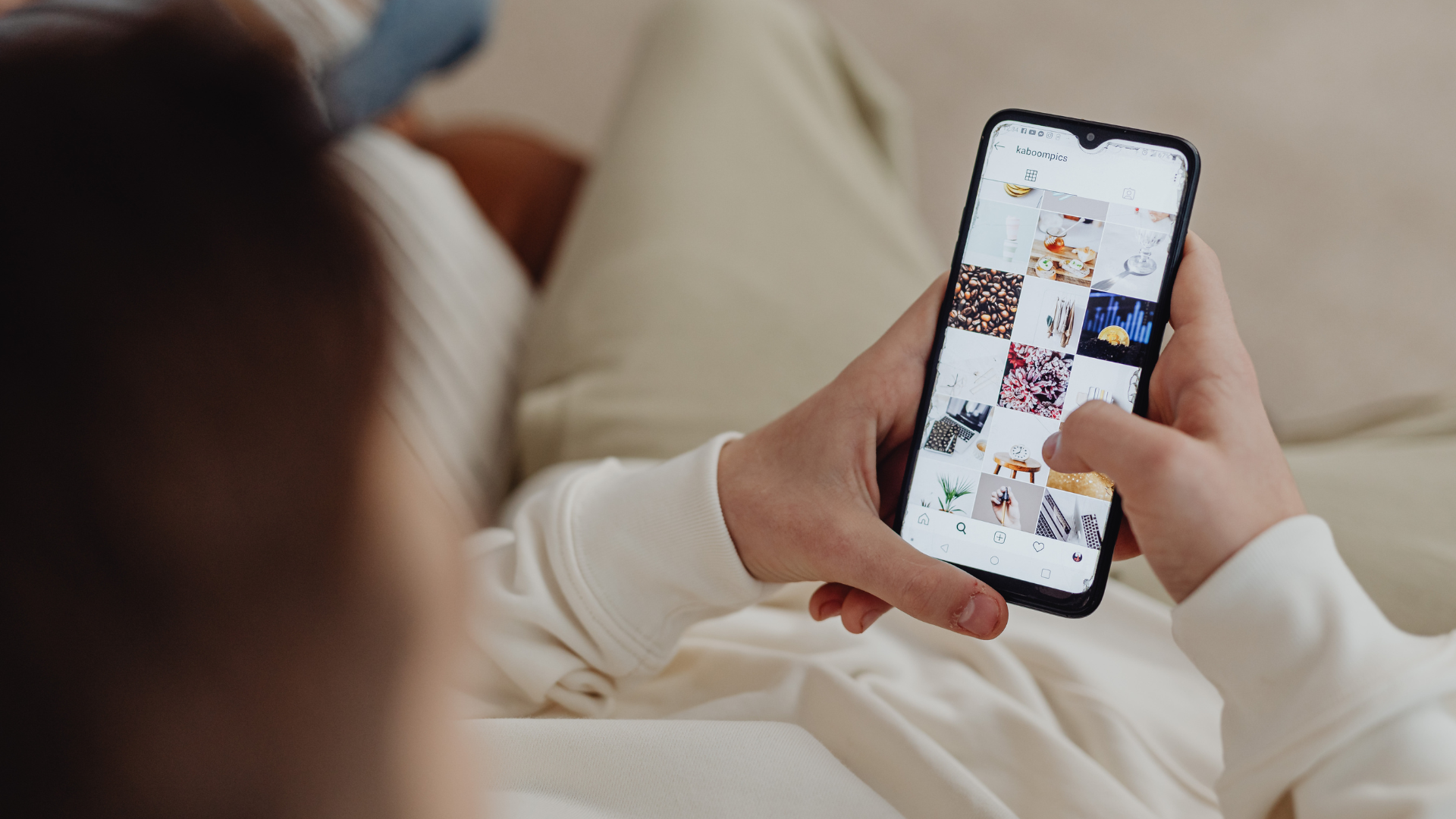Whether you're a professional blogger or find yourself needing to write web copy for the first time, then you'll need to inform better and influence your target readers. As you read this blog post, you'll learn a new framework that can help you write excellent copy faster.
Have you ever spent a bunch of time writing web copy only to find out that people skim it? Think about that. As copywriters, we toil over a bunch of well-thought-out words and strategically arrange them on a page. The aim is to attract, engage, and influence our target reader. The reader doesn't see a bunch of value in the content, so they skim it and hit the back button.
How do we write web copy that people enjoy reading? And do it quickly? I often feel the same way too. Over the years, I've produced and refined a copywriting framework that helps me put out some of my best work quite efficiently.
The four bridge copywriting method and why it works for me
My four bridge method is not the only way and likely not even the best way. But it is my time-tested favorite, and it works for me. My hope is that if you try it, then you might find this framework useful too.
I'll outline each part of the content framework and then add detail as we go. There are four main parts from the top, middle, and bottom of the page. The elements that you'll need for your web copy are assembled asynchronously and ordered in sweeping passes. I use this process for every stage in the sales process, and for any type of content, no matter how long or short it needs to be.
Before you get started
The objective of writing web copy is to facilitate communication. To do that, you've got to pinpoint the main idea you wish to communicate and the supporting points.
Identify the one next biggest domino that needs to get knocked down to lead your reader to the next stage in your process.
Answering these four questions will provide you with the elements that you'll use to formulate the main idea of your content. You'll also be equipped to quickly craft a compelling headline and descriptions for your above-the-fold hero shot.
- What is the purpose of the web copy?
- Many think that the purpose of your web copy is to inform or influence. I disagree because, in my experience, people only consume information to satisfy two fundamental drives.
- Entertain me so that I can find emotional stimulation.
- Be useful to me so that I can become more useful.
The business objective may be to inform or influence a target reader, but that is the publisher's goal and not the reader's goal. To write content that a target reader celebrates, I'll need to convey useful information in a way that stimulates their emotions.
- Who will be reading it?
- Identify and address their needs, drives, priorities, fears, and pleasure as they relate to your solution.
- What are the advantages of reading it?
- They are deeply aligned with their needs, drives, priorities, fears, and pleasures.
- Of all of the advantages, which is the strongest and most relevant?
All humans have five needs hardwired into their DNA.
- Health: Everyone has an innate need to feel and be healthy. We all feel the need to be able to communicate, be heard, and feel assured in our sustainable access to pleasant experiences and life-sustaining necessities. Behavior specialists call these tangibles needs. We all need someone to raise care for us and fix us when we're broken.
- Stability (safety and security): The freedom and ability to escape or avoid danger, and the assurance that I won't ever have to. For this need to be fully met, we need people around us that watch our back and offer protection.
- Acceptance and procreation: We all have the need for attention from others. We all want to fit in and receive affirmation from others that we feel look most like the ideal version of ourselves. We also look for someone to procreate with and/or receive acceptance in exchange for acceptance.
- Power: We all long for a sense of power or control over our circumstances to help feel confident and overcome or mitigate the feeling of powerlessness or uncertainty in our lives. This is the need that manifests the desire to have someone do certain aspects of your work for you so that you can focus on other pursuits.
- Self-stimulation and entertainment: When experiencing the behavior itself provides reinforcement. Think of art, music, and entertainment. It's the sensory stimulation to be freely and solely devoted to self-interests and pleasures.
To extract the lede from my one big idea, answer these questions.
- The reader: "Whether you're a professional blogger or find yourself needing to write web copy for the first time…"
- The underlying need: "...then you'll need to inform better and influence your target readers."
- The ask: "As you read this,"
- The promise: "... you'll learn a new framework that can help you write great copy faster.
The top of the page
Bridge one: The hero
The hero is the above-the-fold section or the first-splash experience with your web page that includes:
- The headline calls out to your target audience and helps them realize that they are in the right place.
- The description is used to communicate the specific and relevant value, pay-off, or advantage for investing their time in the content.
Answer these crucial questions, and you'll earn enough attention to keep the reader engaged and prevent creating the kind of pages that get skimmed.
Bridge two: The lede
- The opener: Don't bury the lede, which is the opening sentence or paragraph of a news article, summarizing the most important aspects of the story.
- The story: Humans are hardwired to enjoy and to be influenced by stories, so it's likely the most useful format to convey just about any idea. All stories have a beginning, a middle, and an end and can be as short or as long as you need them to be. A story can even be encapsulated in a single sentence. One way I use stories is in the form of "And… And… But... Therefore."
The middle of the page
Bridge three: The main body
Create an outline of the main points that will become your subheadings—identify what high-level aspects need to be covered for optimal reader comprehension and understanding in a relevant context.
Focus the content and each sentence on the what and the why.
- What is the idea that you want to convey?
- What you or someone else (mastered), discovered (analyzed), or observed (occurrence, news, and data).
- Why should that matter to the reader?
- Why should they consider it?
- List the "hows" that can become the next step in the process like a downloadable case study that shows how a specific outcome was achieved.
Use paragraphs and lists that add detail to each high-level point to comprehensively address your reader's needs, drives, fears, and pleasures.
Use images, beautiful visual representations, and photography that foster logical appeal (data) and/or emotional stimulation.
The bottom of the page
Bridge four: Summary and the next actions
The closing of my web copy includes a summary of the key findings and a call to the next action that I'd like the reader to take.
An overview of the process
As part of the Four-Bridge method, I begin with the main outline, expand to each main point to include a few bullet points. Then I go back through in once, filling in the gaps to create coherent sentences that lean toward context, clarity, and specificity over cleverness and abstract ideas.
Once my rough draft is completed, I edit with extreme animosity and am unafraid to murder my darlings to decrease bloat and improve comprehension. But I do back over the content one final time and add personal touches, small flourishes, and strategic embellishments to the writing. These are the little decorative details in your written language that make it more personable and fun to read and add useful features to make your ideas more attractive.
Want to learn more?
If you'd like to learn more about how to make use of the Four-Bridge Copywriting method, then follow me on LinkedIn and send me a comment or question. I'm happy to share my experiences.
If you're looking for a more formalized process where I can walk you through it step-by-step to improve the effectiveness of your web copy, then schedule a 15-min with me to discuss our Fastest-Path To Revenue Message Development Process or hire us to write your web copy.
.jpg)






